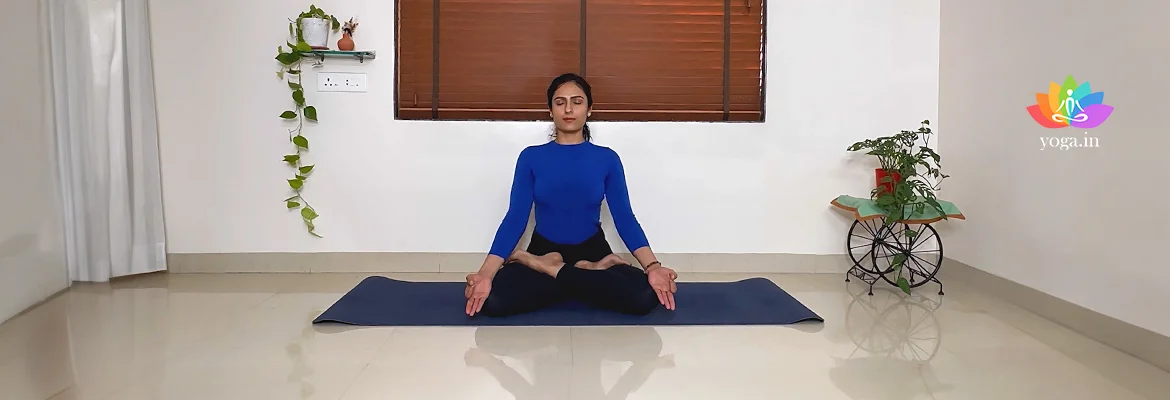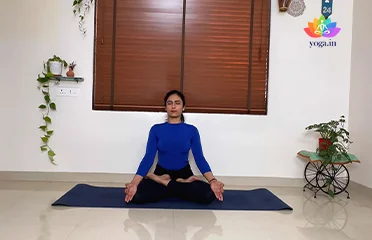Sit on the floor and stretch your legs straight in the front and keeping your spine erect (Dandasana).
Introduction to the Asana
The Sanskrit name is derived from Padma (पद्मा) meaning lotus and āsana (आसन) meaning “posture” or “seat”.
Step to get in the pose
-
-
Hold the right leg in both hands, fold the leg slowly, and place it at the root of the left thigh so that the right heel is near the navel.
-
Now, repeat the previous step with your left leg.
-
Ensure that both the feet are towards your navel and the soles of the feet are turned up.
-
Now that your legs are crossed and your feet are placed on opposite thighs, place both your hands on your knees in Chin mudra position.
-
Maintain this position and continue with gentle long breaths taken in and out.
Common mistakes and pitfalls
-
Straining the knee and joints by forcing the legs into the position.
Benefits
-
Beneficial for knees, joints and bones.
-
Improves flexibility.
-
Aids in relieving constipation and knee pain.
-
Improves digestion.
-
Relieves constipation
-
Manages diabetes.
-
Beneficial for your abdominal and pelvic organs.
-
Keeps the mind calm and composed.
-
Reduce menstrual discomfort.
-
Lowers High blood pressure.
-
Maintains body weight.
Contraindication
-
Avoid in case of sciatica pain.
-
Avoid in case of chronic knee pain or ankle injury.
-
Avoid if suffering from arthritis.
-
Avoid during pregnancy.
-
Avoid in case of herniated discs.




